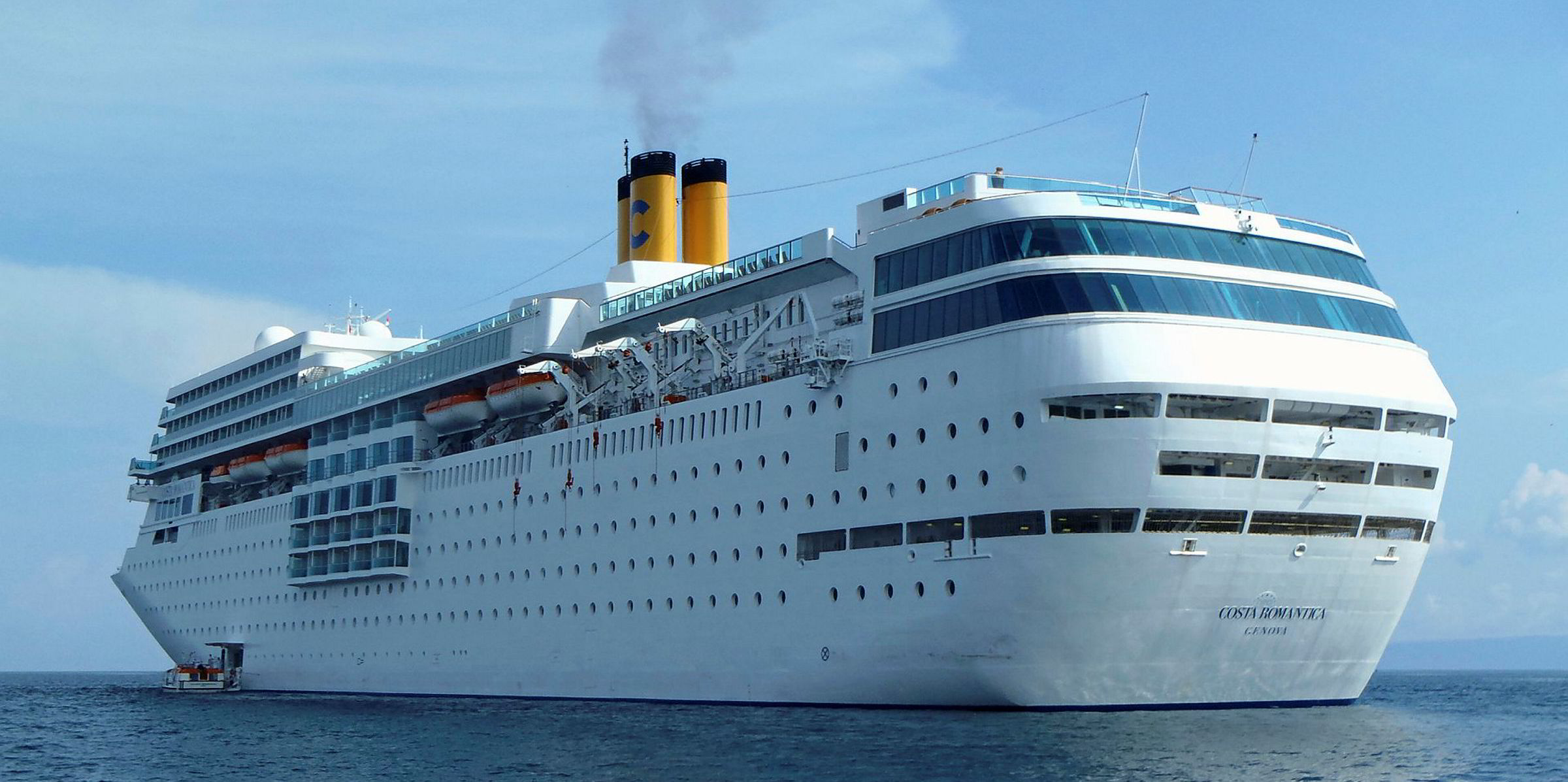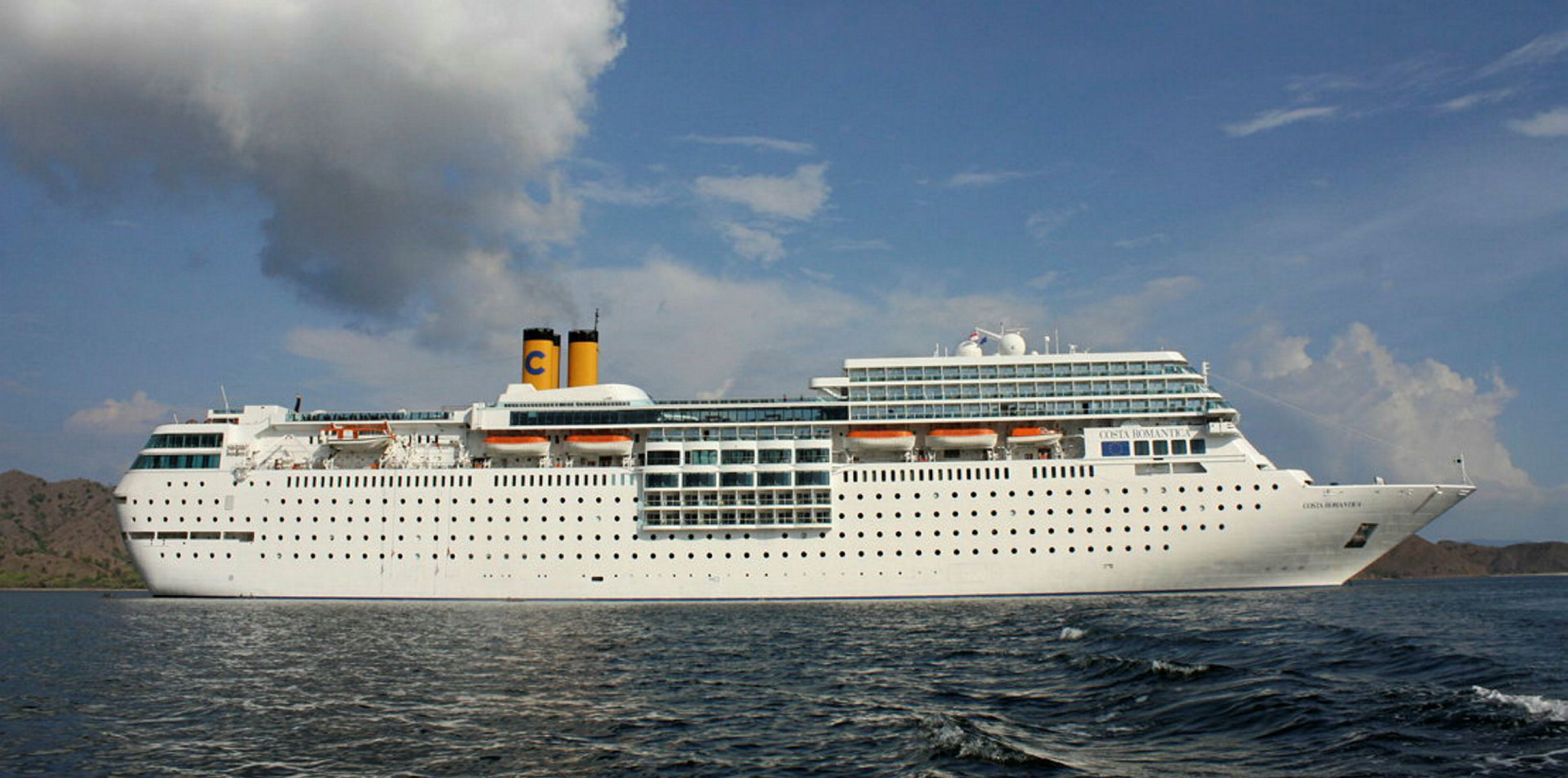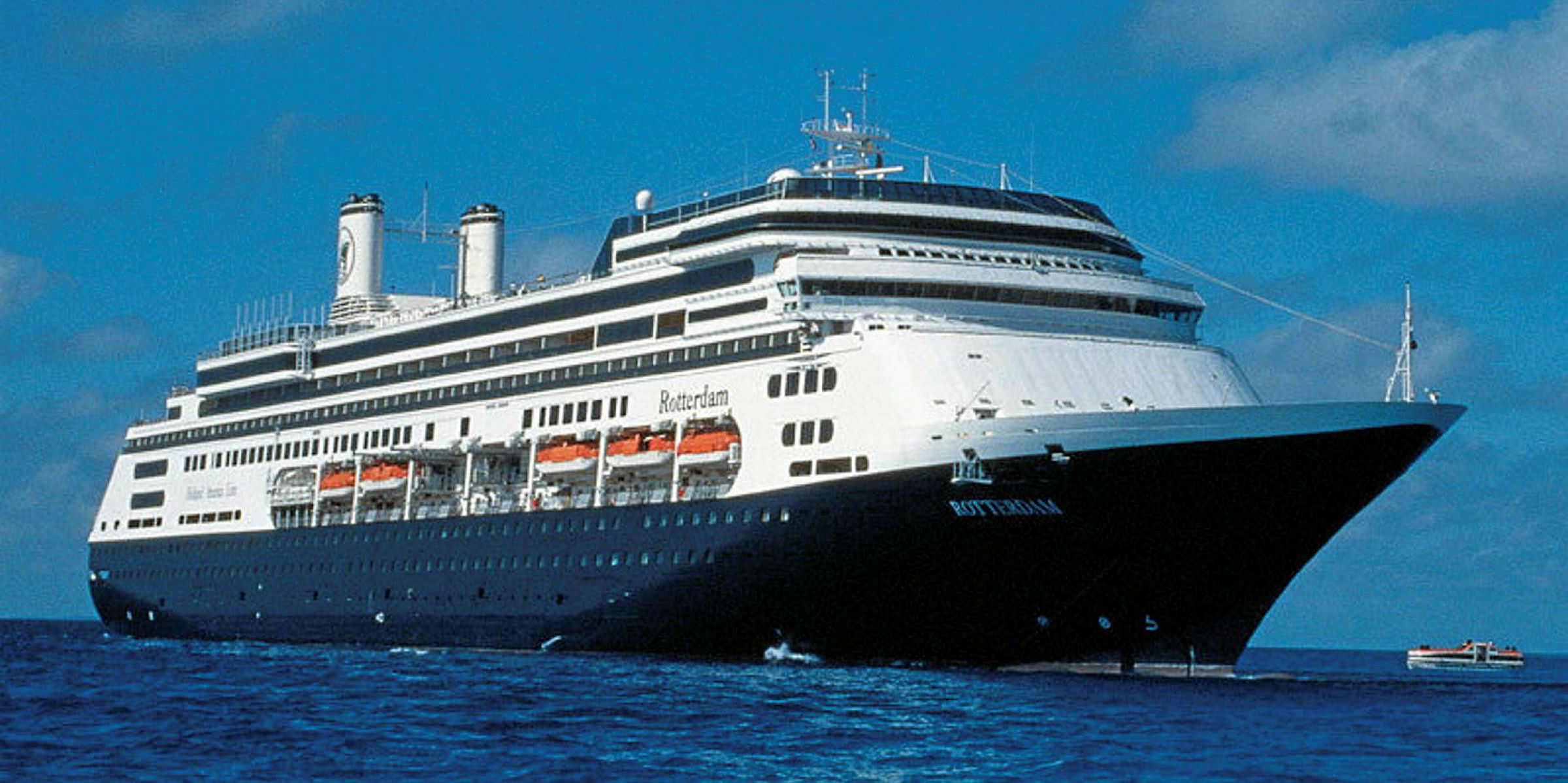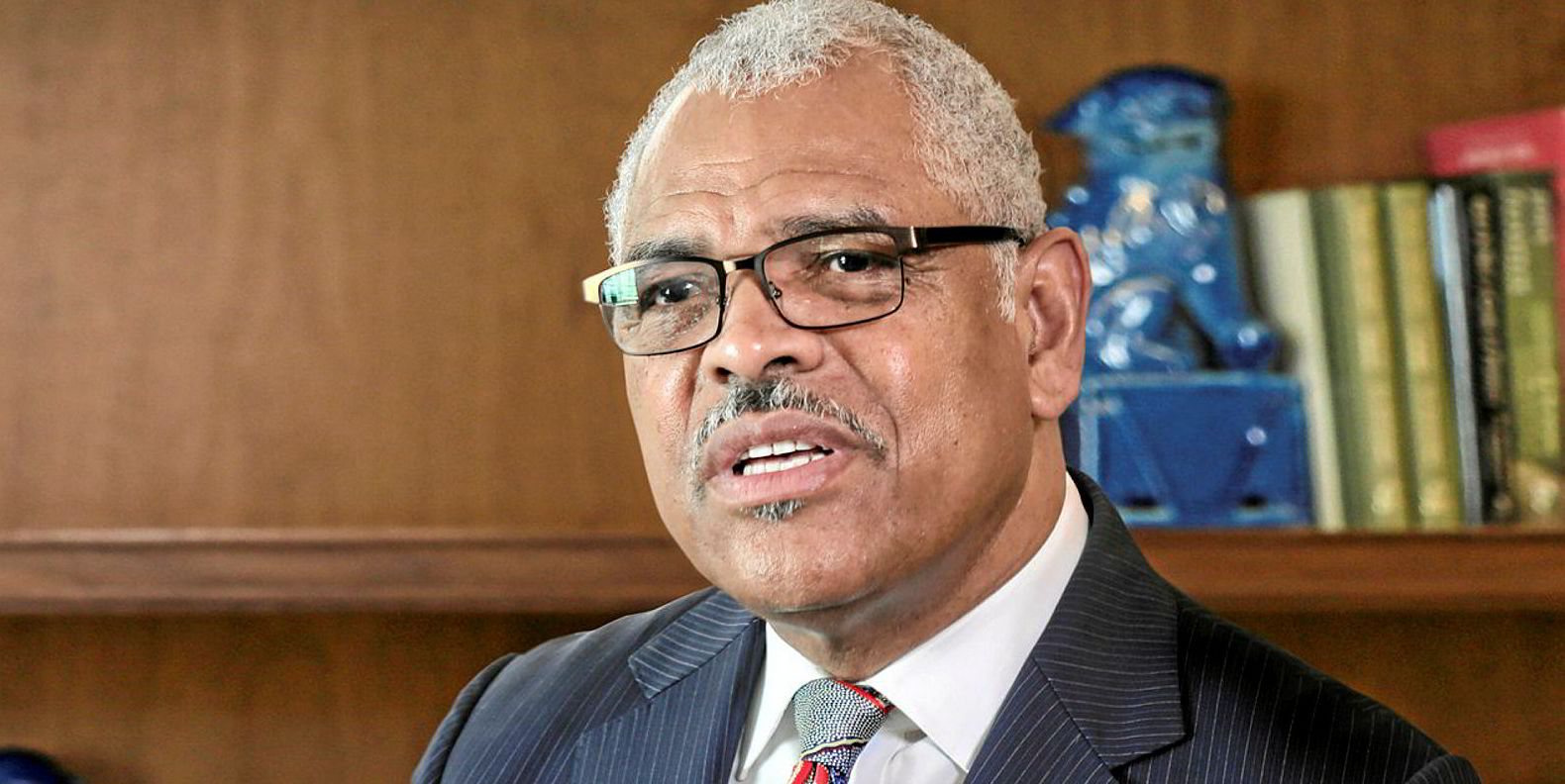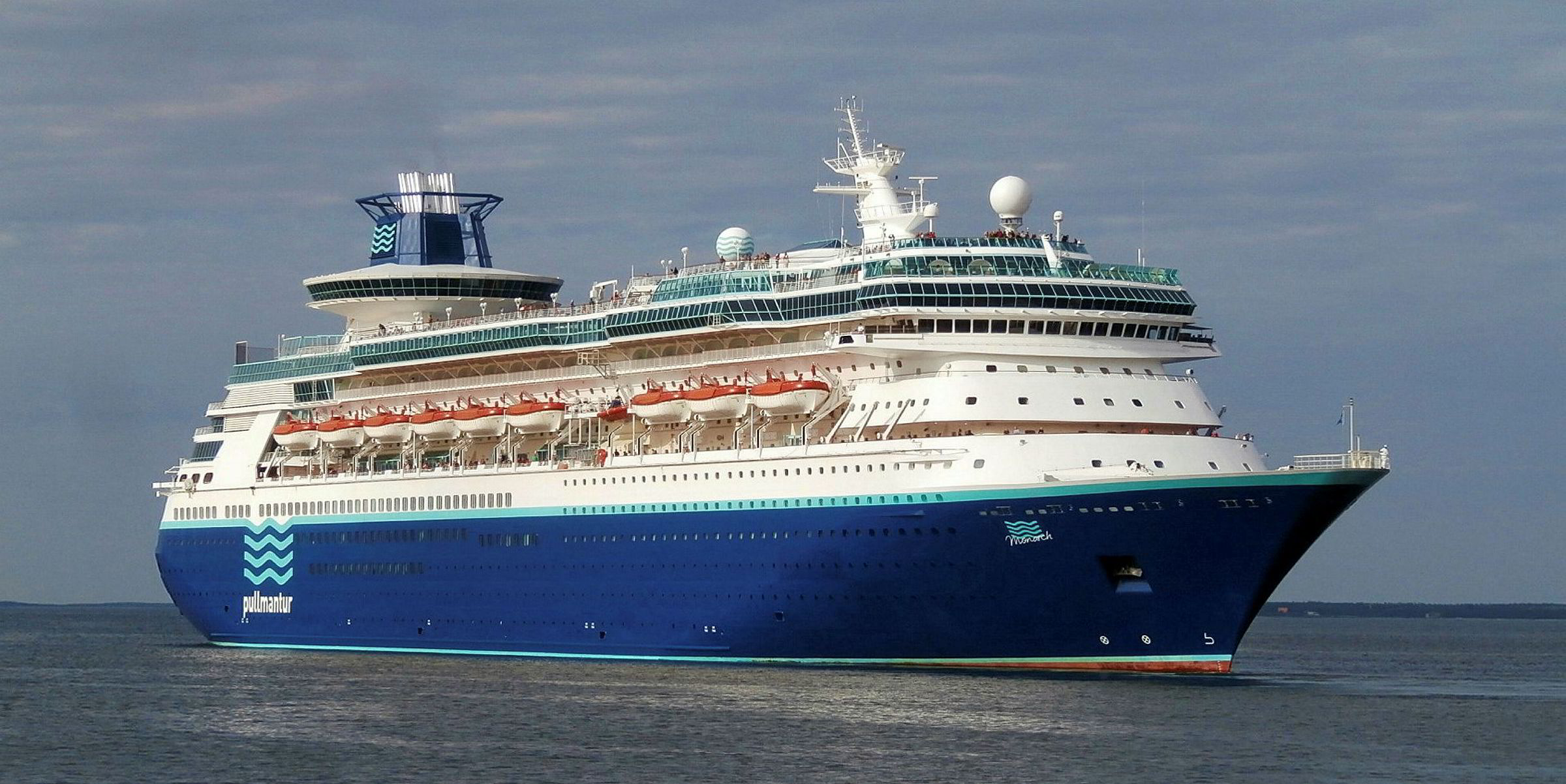Arnold Donald, chief executive of cruise behemoth Carnival Corp, must be pleasantly surprised at the number of smaller operators that have been buying the many ships his company is shedding.
When he revealed in June that Carnival was looking to purge older ships as part of a rebalancing of fleet capacity in the face of the Covid-19 pandemic, he said he expected that most of them would end up on the scrapheap.
That turned out to be far from the case.
Since Donald announced the accelerated disposal plan, six Carnival-owned cruiseships have found new trading buyers. Only two have been sold for scrap.
Buyers have included Fred Olsen Cruise Lines and Celestyal Cruises, two of a handful of second-tier players, among them Phoenix Reisen, Cruise & Maritime Voyages (CMV), Bahamas Paradise Cruise Line and Peace Boat.
In a strong market, these operators faced serious difficulties acquiring new ships. Cruise majors preferred to filter older vessels down through their brands, and when they did finally put a ship up for sale, there was intense competition between potential buyers, which kept price levels high.
The niche in which second-tier players operate focuses on smaller, more traditional ships. Unable to upgrade to newer tonnage, they have kept their old ships going by constantly rebuilding and refitting them. Fred Olsen and Phoenix have ships that were built in the early 1970s, while CMV’s oldest ships date as far back as 1965 and 1948.
Fortunately, enough potential passengers prefer the smaller, more traditional ships and regard the concept of cruising on board modern megaships with 5,000 other people as borderline horrific.
The downside of this market segment is that ticket prices trend towards the lower end of the scale, which means replacement vessels need to be appropriately priced and the cost of a newbuilding is well out of range.
Questionable economic sense

The predicament that these operators face is that their increasingly aged ships are rapidly reaching the end of their service lives. It makes questionable economic sense to yet again replace the plumbing, the electrical systems and even the main engines on a ship approaching the 50-year mark.
Carnival’s selling of its midsize, middle-aged ships at fire-sale prices has, therefore, come as a godsend.
TradeWinds reported last week that Fred Olsen acquired the 1,380-berth Amsterdam (built 2000) and 1,404-berth Rotterdam (built 1997), two ships operated by Carnival’s Holland America Line, for $37m en bloc.
Carnival’s selling of its midsize, middle-aged ships at fire-sale prices has come as a godsend
Cruise companies value a ship based on the earnings capacity per berth. This means Fred Olsen is in effect paying $13,290 per berth, which is an absolute bargain, according to a senior executive at a rival company.
Before the onset of Covid-19, these ships would have been priced more in the region of $50,000 to $60,000 per berth. That's probably what CMV, which filed for administration this week, paid for its pre-pandemic purchases.
Holland America Line’s newbuilding, the 2,650-berth Ryndam, due for delivery in 2021, will cost about $200,000 per berth.
Such low prices are spurring start-up cruise lines to enter the market now that quality secondhand tonnage can be cheaply acquired.
Two other Holland America Line ships, the 1,350-berth Veendam (built 1996) and 1,258-berth Maasdam (built 1993), are strongly rumoured to have been sold to an as-yet unnamed start-up, while P&O Cruises’ 2,272-berth Oceana (built 2000) is widely believed to have gone to the owner of one of Greece’s larger ferry companies.
Carnival also sweetened the pot by offering very favourable vendor financing. Fred Olsen was given a five-year tenor with three years of zero amortisation and annual instalments of $9.35m at 2.5% fixed interest.
Comfortable
The sales also highlight that second-tier operators are keen to stay in their small to midsize niche. Four of the five cruiseships recently sold for recycling were above 70,000 gt, a clear indication that this is not a size of ship that most smaller players and their clientele would be comfortable with.
Royal Caribbean did include the midsize, 1,828-berth Horizon (built 1990) in a trio of ships it has sold for recycling in Turkey, but sources who followed the deal closely said the company wanted a quick sale and was not interested in following Carnival’s lead in providing vendor financing.
Carnival still has five more to go to reach its stated target of 13 ship sales. Industry sources say anything built in 2000 or earlier is up for grabs.
